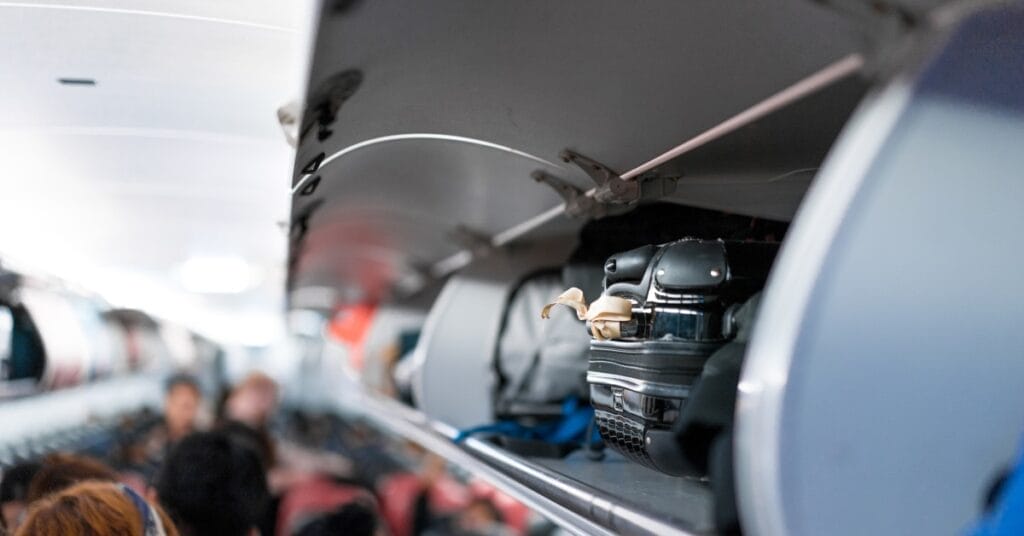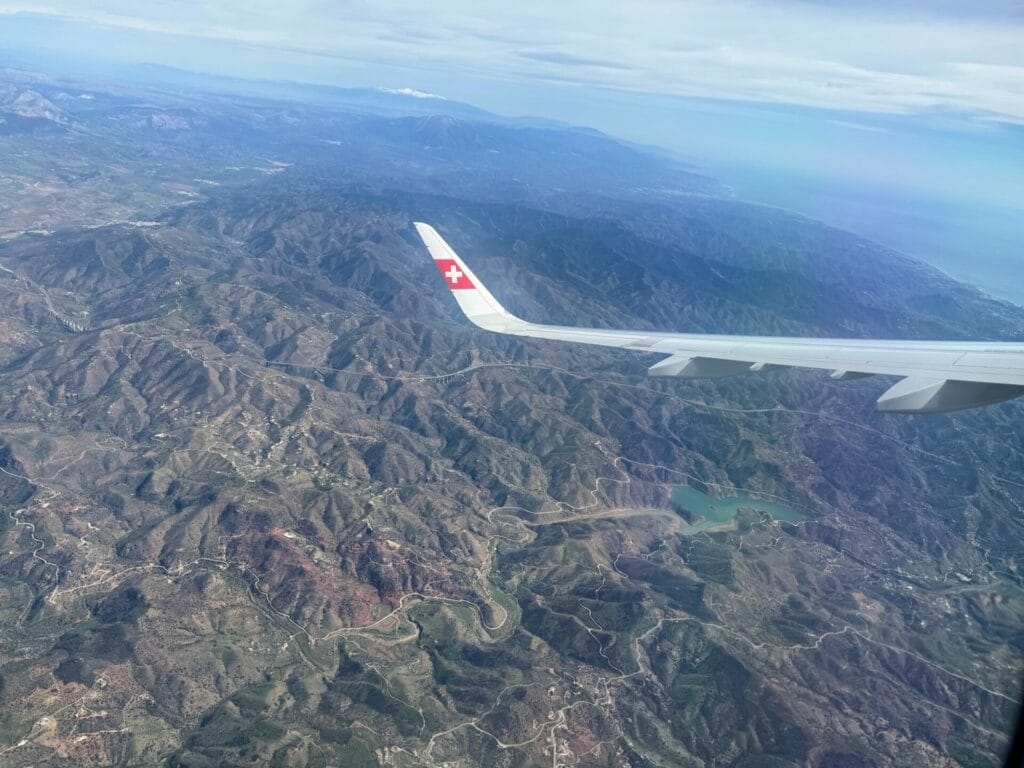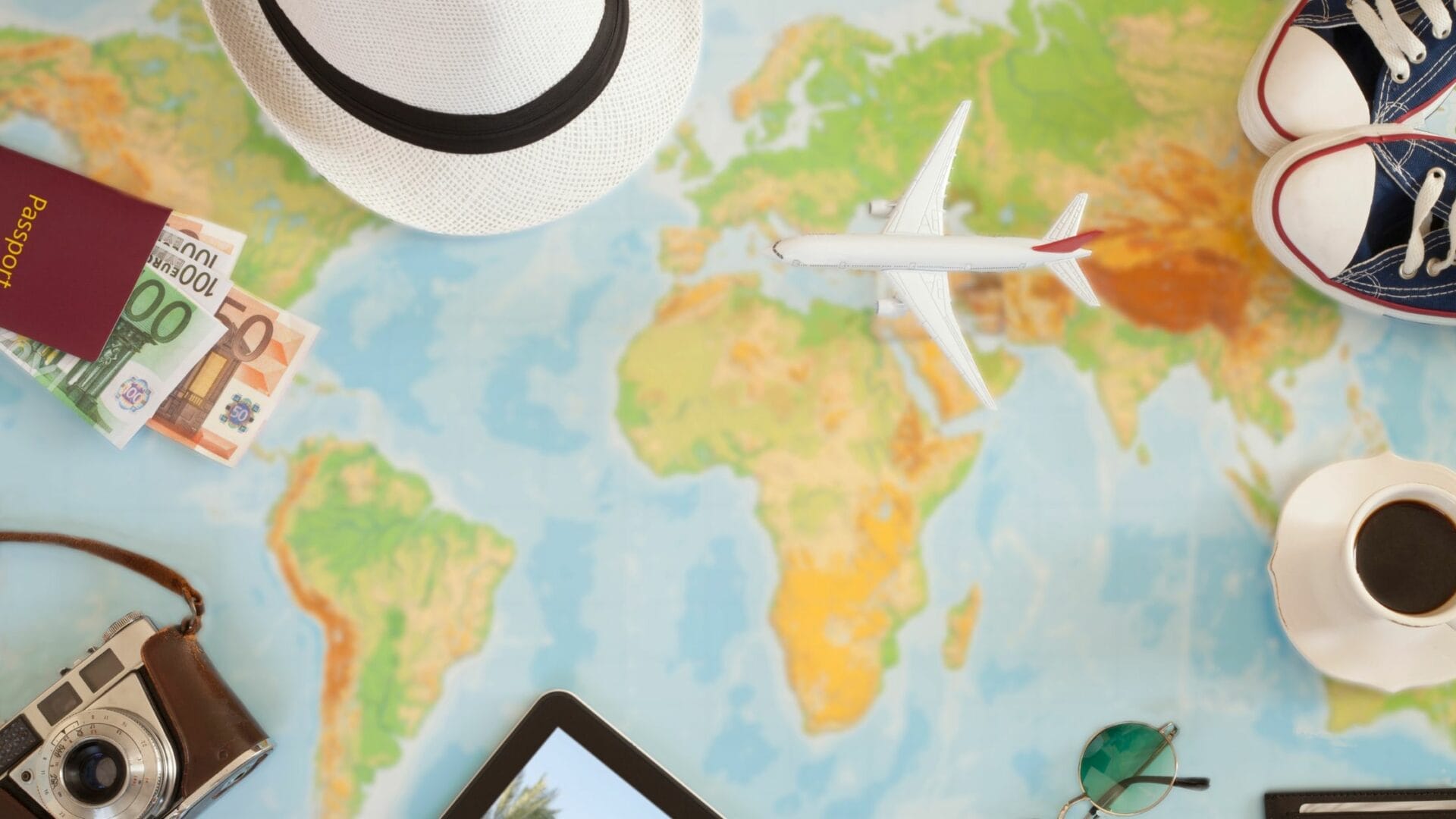This comprehensive blog post distills the art of navigating air travel with carry-on luggage, offering essential tips on packing, leveraging airline policies, and preparing for international trips to ensure a smooth and enjoyable journey.
The Globetrotter’s Guide to Carry-On Mastery: Navigating the Skies with Ease and Efficiency
In the realm of modern travel, the distinction between an arduous journey and a seamless adventure often lies in the art of packing. As airlines evolve and adapt their policies, the savvy traveler’s ability to navigate these changes becomes paramount.
This comprehensive guide dives deep into the intricacies of carry-on luggage, the strategic utilization of overhead bins, and the judicious application of airline perks to elevate the travel experience. It’s a testament to the idea that, with knowledge and preparation, traversing the globe can be both an efficient and enriching endeavor. This comprehensive guide delves deep into the nuances of carry-on luggage, overhead bin strategies, and savvy travel hacks to ensure your journey is as smooth as your flight’s takeoff.

Decoding the Carry-On Conundrum
Delving deeper into the carry-on conundrum requires a keen understanding of airline policies and the strategic selection of what to bring aboard. The crux lies in balancing maximizing your onboard essentials and adhering to increasingly stringent airline regulations. With the carry-on allowance being meticulously scrutinized, even seemingly negligible items like fanny packs, cross-body bags, and shopping bags may tip the scales towards your carry-on limit.
This heightened scrutiny underscores the importance of being judicious with your packing choices, emphasizing the necessity of prioritizing essentials that enhance travel efficiency without incurring additional costs or delays. Being well-versed in these guidelines not only ensures a smoother boarding process but also safeguards against the inconvenience and expense of last-minute luggage adjustments.
Overhead Bin Strategies: Packing Smart and Early Boarding
The competition for overhead bin space on commercial flights is a well-known challenge that can significantly impact your travel experience. To navigate this, smart packing techniques such as using compression bags or packing cubes are invaluable. They not only help you to organize your belongings more efficiently but also compress them to fit within the stringent size limitations set by airlines.
Coupled with the strategy of securing early boarding—achieved through airline credit card benefits or by purchasing premium services—this approach ensures you have first dibs on bin space. This method does more than just secure a spot for your bag; it eases travel stress, allowing you to focus on the journey ahead. Ensuring your carry-on is both accessible and in line with airline policies not only facilitates a smoother boarding process but also safeguards your essentials, guaranteeing they remain with you throughout your flight. This blend of efficient packing and strategic boarding elevates your travel experience, making it more enjoyable and less fraught with the common inconveniences of air travel.

When the Overhead Bins Are Full: Navigating Last-Minute Challenges
Navigating the nuances of full overhead bins on flights requires a blend of foresight and flexibility. When confronted with the common scenario of no available cabin storage, airlines will typically offer passengers the option to gate-check their carry-on luggage at no additional charge. This process involves tagging and handing over your bag at the boarding gate, after which it will be stowed in the aircraft’s cargo hold, and returned to you upon landing, either at the gate or baggage claim depending on the airline’s procedure.
To smoothly handle this inconvenience, savvy travelers prepare by packing a small, secondary bag with essential items that are crucial for their comfort and well-being during the flight. This essentials bag should include items that one cannot do without for the duration of the flight, such as prescription medications, over-the-counter pain relievers, a small toiletry kit for freshening up, essential electronics like smartphones and e-readers, chargers, important travel documents (passport, boarding pass, visa documents), a change of clothes for long flights, and any valuable items that should not be checked for security reasons.
By anticipating the potential for full overhead bins and preparing an essentials bag, travelers can ensure they maintain access to their most important items, reducing the stress and disruption caused by having to part with their primary carry-on luggage. This proactive approach not only keeps necessary items within arm’s reach throughout the flight but also helps maintain a sense of control and readiness, regardless of unexpected luggage logistics at boarding.
Double Carry-On Dilemma: Can You Bring Two?
Navigating the double carry-on dilemma involves understanding airline-specific policies, as the standard allowance includes a main piece and a personal item with varying definitions. To ensure compliance and avoid surprises, familiarizing yourself with your airline’s restrictions is key. A practical tip is to choose one bag that fits under the seat and another that meets overhead bin size requirements. This strategy ensures both of your items adhere to the airline’s carry-on criteria, allowing for a smoother boarding process and a more pleasant travel experience.

Leverage Airline Credit Cards for Smart Travel
Leveraging airline credit cards for smart travel can significantly enhance the travel experience for frequent flyers. These specialized credit cards offer a variety of benefits designed to make traveling more enjoyable and cost-effective. Key perks include complimentary checked bags, which can lead to substantial savings on baggage fees, especially for those who travel often.
Priority boarding is another notable advantage, allowing cardholders to board the plane earlier and secure overhead bin space for their carry-on luggage. Additionally, access to exclusive airport lounges offers a serene escape from the bustling terminal, providing a comfortable space to relax or work before a flight. These benefits, among others, not only improve the quality of travel but also offer financial advantages by reducing or eliminating certain travel-related costs.

Embarking on Your First International Trip: What to Know
Embarking on your first international trip requires a mix of excitement and careful planning. Familiarizing yourself with essential documents like passports and visas is just the beginning. It’s also crucial to understand health and safety guidelines specific to your destination, including any required vaccinations or travel advisories. Equipping yourself with knowledge about currency exchange rates will help you manage your finances abroad more effectively.
Moreover, learning about local customs, etiquette, and even basic phrases in the local language can significantly enhance your interaction with locals and enrich your travel experience. This preparation not only prevents common travel mishaps but also deepens your appreciation and understanding of the new cultures you’ll encounter, making your trip more enjoyable and fulfilling.
Upon Arrival: Immersing in New Cultures
When landing in a new country, the first step is to orient yourself. This might mean securing local currency, connecting to Wi-Fi for navigation, or simply taking a moment to acclimatize to your new surroundings. Seasoned travelers often recommend starting with a simple walk around the neighborhood to get a feel for the local vibe, find essential services, and begin the adventure on a confident foot.
Conclusion: Travel Light, Travel Right
Navigating airline policies, packing strategically, and preparing for international travel can seem overwhelming. Yet, with the right knowledge and preparation, the world is truly at your doorstep. Embrace the art of the carry-on, leverage the tools at your disposal, and step into your travel experiences with confidence and curiosity. Remember, the best trips aren’t just about the destinations; they’re about the journey—and how smoothly you get there matters.
What Can I Bring on My Carry-on: Transportation Security Administration (TSA)






